March is Women’s History Month. No, I’m not going to give you a list of famous musicians, singers, Playboy bunnies, or whatever floats the boat of the Houston Chronicle concerning SETX history in 2016. I’ve done that before. Yes, I was kind of ticked off about an article that the newspaper wrote; I still am.
Here at Rediscovering SETX, we try to bring you stories, or the history of those who were not in the limelight, so to speak. I mean, the McFaddins, the Starks, and the other fine, established museums do not need our input because they do a great job of telling the stories of the families in question (and we definitely promote them!). That is why we look for forgotten stories and the history of people who deserve to be remembered. I will add that even though they do a great job of telling the stories and the history of the house, we are sentimental about the Chambers House Museum. We love the property’s history, and let’s be honest, would your grandmother live in the Chambers House or the other one down the street that has a carriage house? Actually, my grandmother’s house didn’t even have a second story, but she lived near her church, which was something she couldn’t live without.
The struggle for women’s suffrage was a pivotal movement in the fight for gender equality and political representation in the United States. Spanning several decades, it was characterized by relentless activism, political lobbying, and grassroots organizing, all aimed at securing the right to vote for women.
The roots of the women’s suffrage movement can be traced back to the mid-19th century, with the Seneca Falls Convention of 1848 marking a significant milestone in the struggle. Organized by suffragists such as Elizabeth Cady Stanton and Lucretia Mott, the convention demanded the right to vote for women, igniting a spark that would fuel the movement for decades to come.
Despite facing widespread opposition and discrimination, suffragists persisted in their efforts to challenge the status quo. They organized rallies, marches, and petitions, tirelessly advocating for their cause. However, progress was slow, and the road to suffrage was fraught with setbacks and obstacles.
One of the most significant difficulties was the deeply entrenched societal norms and beliefs about women’s roles. Many opponents of the movement argued that women were incapable of participating in politics or that it was against their nature to do so. Others feared that granting women the vote would disrupt the traditional family structure or lead to social disorder.
However, the suffragists remained undeterred, continuing to push for change with various means. They lobbied politicians, delivered speeches, and engaged in acts of civil disobedience. Their dedication and perseverance eventually began to produce results.
The tide began to turn in the early 20th century, with several states granting women the right to vote in local and state elections. This momentum culminated in the passage of the 19th Amendment to the US Constitution in 1920, which finally gave women the vote across the nation.
The struggle for women’s suffrage in the United States was a long and arduous journey, marked by resilience, courage, and determination. It paved the way for future generations of women to participate fully in the democratic process and helped advance the cause of gender equality in the country. Though the fight for equality continues, the achievements of the suffragists serve as a reminder of the power of collective action and the importance of never giving up in the face of adversity.
Teachers are role models and on the front lines when it comes to making a difference. We all had that one teacher who was tough on us, but they wanted us to better ourselves. Mrs. Emmons B. Scott-Grogan was certainly that one teacher who made an effort for her students. Respected by all in the education community, she was the first female and first African American principal in Beaumont. She taught and became principal at Charlton-Pollard High School in the 1920s. Her story is still being uncovered by Lynn and Caroline Simon, who are great sources of Beaumont history. I will update you about their journey to find out more concerning Mrs. Grogan.
Ida Luvonia Graham spent her life helping people in the African American community along with her husband, Charles Frank Luckett Nordman Graham. Whether it was helping people in need through the Christmas Tree Project (1920), organizing the first Black YMCA (1930), helping with the plans for a YWCA (1931), or improving race relations in Beaumont, Ida played a significant role.
Ms. Mary Sandell was elected the first female school superintendent in Jefferson County in 1918. She served in this position for 10 years. She was also a rural teacher and principal in Hamshire. At the time, there was a clear shift in the norms regarding women holding this type of office. The winds of change were coming.
Catherina Jeanette Stengele moved to Beaumont from Holland in the 1880s to start her millinery business. She was an entrepreneur who was also involved in the finance business. Known throughout the region, she made her fortune as a milliner, financier, and landowner. She even owned a three-story brick building on Pearl Street in 1899. Although she couldn’t vote as an immigrant and a woman, she was well respected in the business community of her day.

In my open letter to the Houston Chronicle article mentioned above, I also cited Babe. There is no disputing her inclusion on this list. Babe was in a class of her own, whether in terms of sports, self-determination, or the ability to succeed. Her accomplishments are many and should be honored. By the way, I’ll just say that she was born in Port Arthur—not Beaumont—because some of you get irritated when I mention this. I will also state that she is big enough for everyone to claim her as their own. She is the GOAT, and her greatness is well deserved throughout the world.
There are many other women whom I could mention, and I will, but so can you. There are many important stories to tell—whether they pertain to your grandma, teacher, or neighbor. These are stories about who you are.
Until next week.
Seneca Falls Convention 1948:
https://en.wikipedia.org/wiki/Seneca_Falls_Convention
19th Amendment to the U.S. Constitution: Women’s Right to Vote (1920):
Babe Didrikson Zaharias:
https://www.museumofthegulfcoast.org/babe-zaharias
https://en.wikipedia.org/wiki/Babe_Didrikson_Zaharias

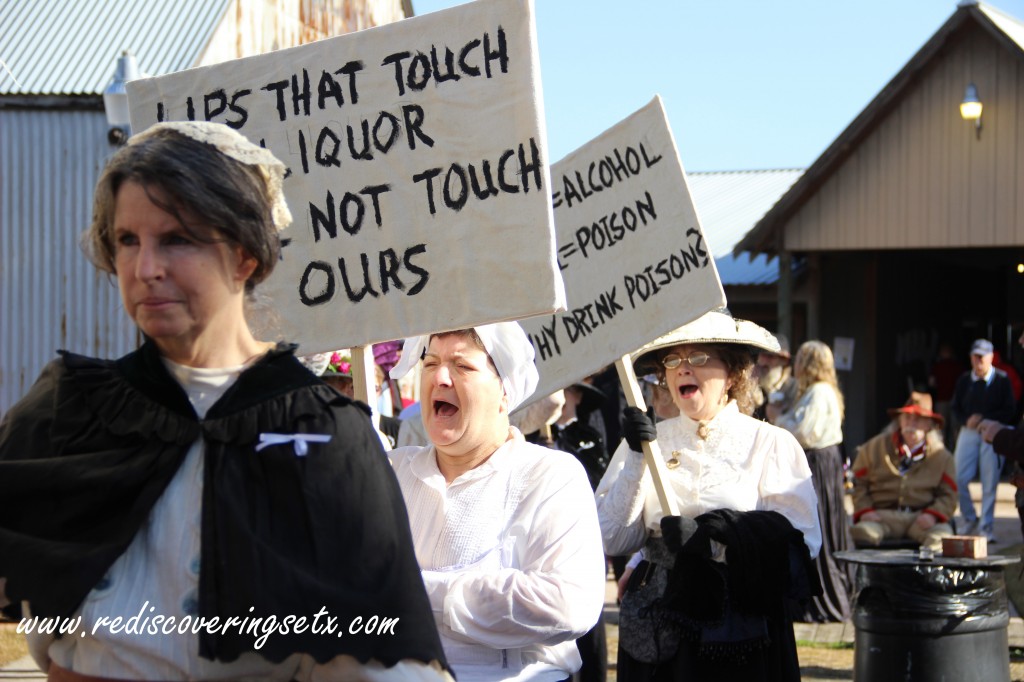
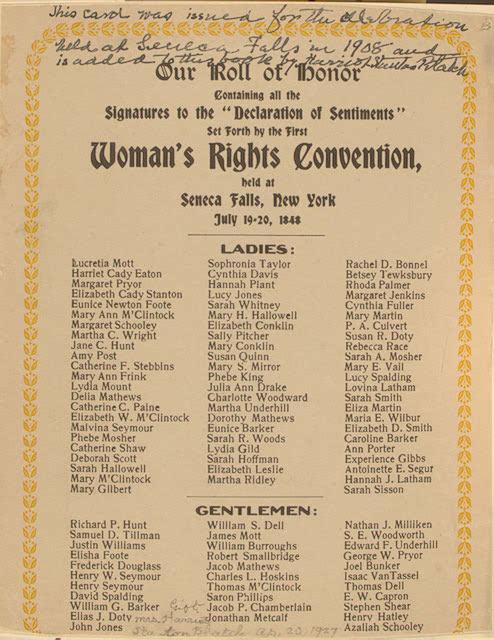
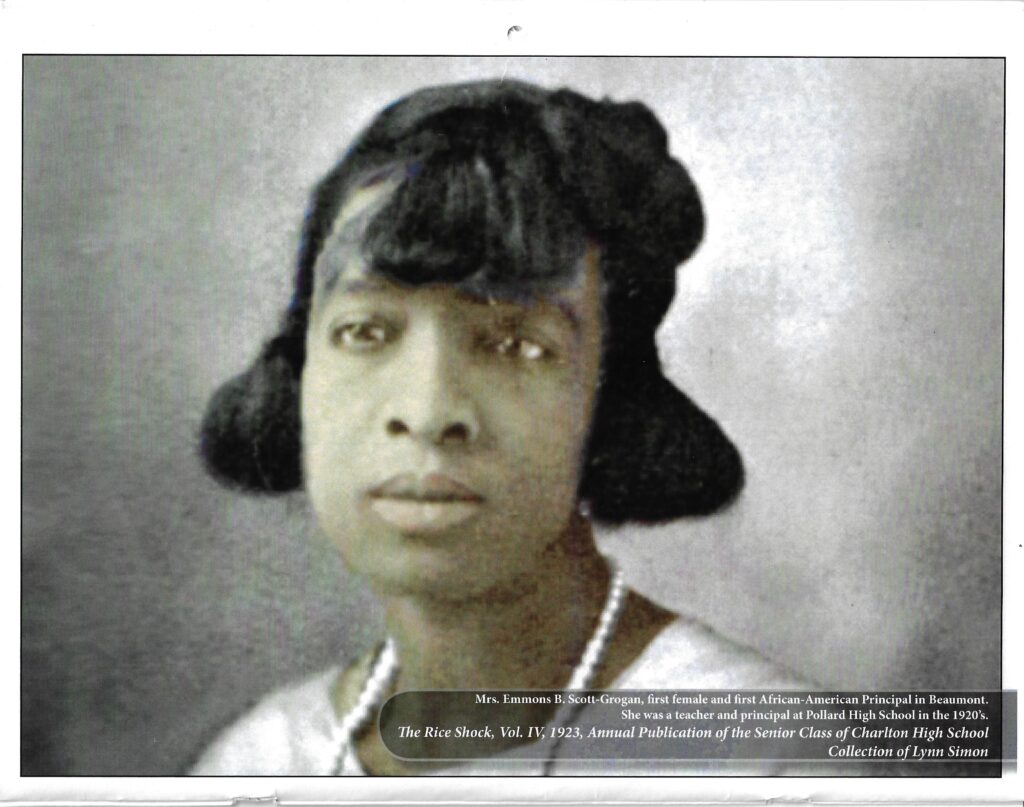
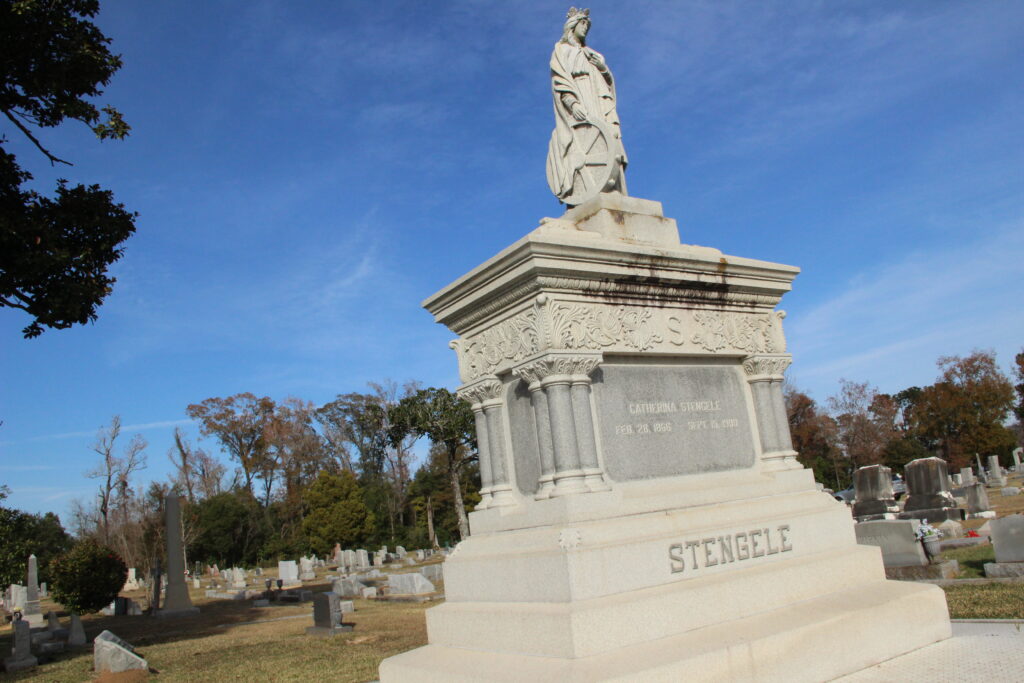



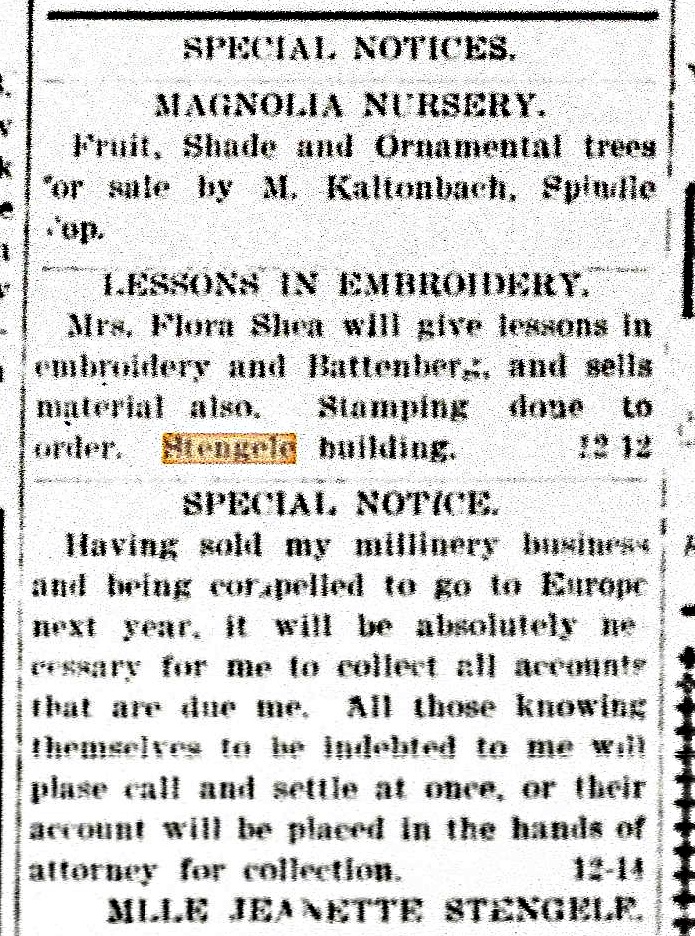
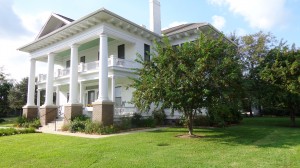

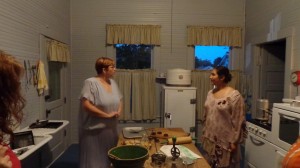

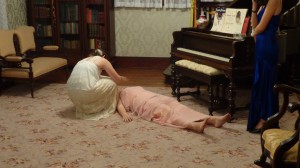
You must be logged in to post a comment.